Real vs. Artificial: How to Pick the Perfect Christmas Tree
The holiday season is upon us, and the classic debate arises once more: should you opt for a real or artificial Christmas tree this year?

The holiday season is upon us, and you might be wondering what type of Christmas tree is the better option for your home. Whether you're getting a new tree or looking to switch it up this year, the question remains. What type of Christmas tree should you get?
While both options have pros and cons, the decision ultimately depends on your preferences and circumstances. In this post, we explore the advantages and drawbacks of each option and provide tips to help you make the best choice for your home.
KEY TAKEAWAYS
- Real trees offer natural beauty, festive aroma, and eco-friendly potential if sourced and recycled responsibly but require maintenance, have a short lifespan, and can be challenging to transport.
- Artificial trees are low-maintenance, reusable, and customizable with features like pre-lit designs, but they lack the natural look and fragrance of real trees, require storage, and can be costly.
- The decision depends on factors like lifestyle, preferences, allergies, and environmental concerns.
Real Christmas trees
Let's start with the classic real Christmas trees. Many people prefer a real tree in their home for its authentic, natural look and feel. Freshly cut trees exude the scent of pine and add a festive touch to your home that no artificial tree can replicate.
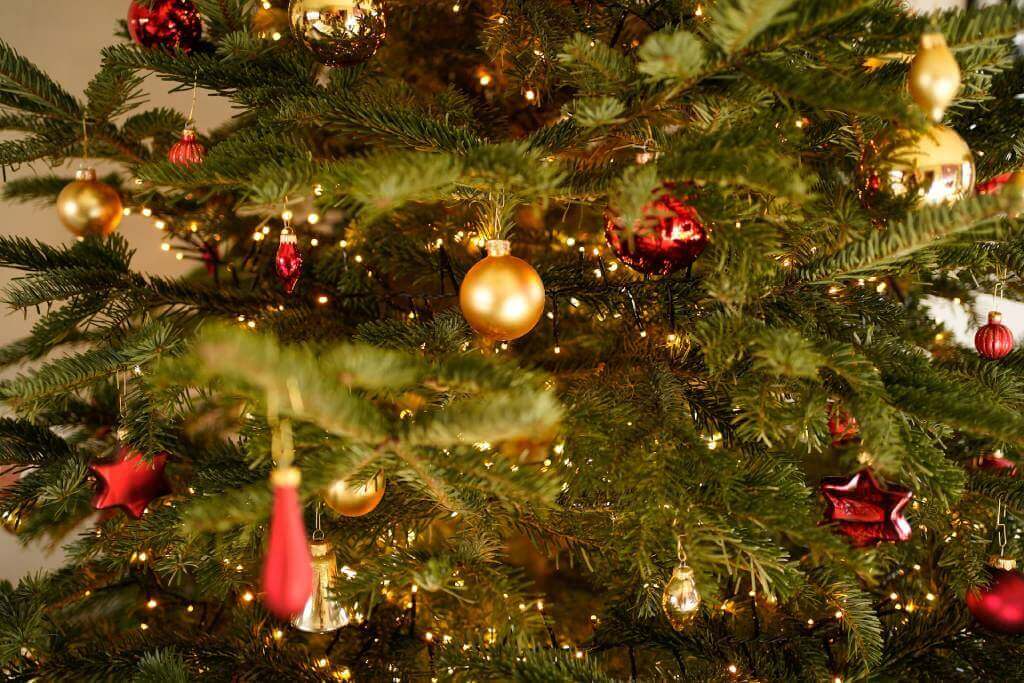
Real trees also come in different shapes and sizes. You can easily find one that fits your space perfectly. However, they require more care and maintenance than artificial trees. You'll have to mount them in a stand or a pot, as they don't come with one.
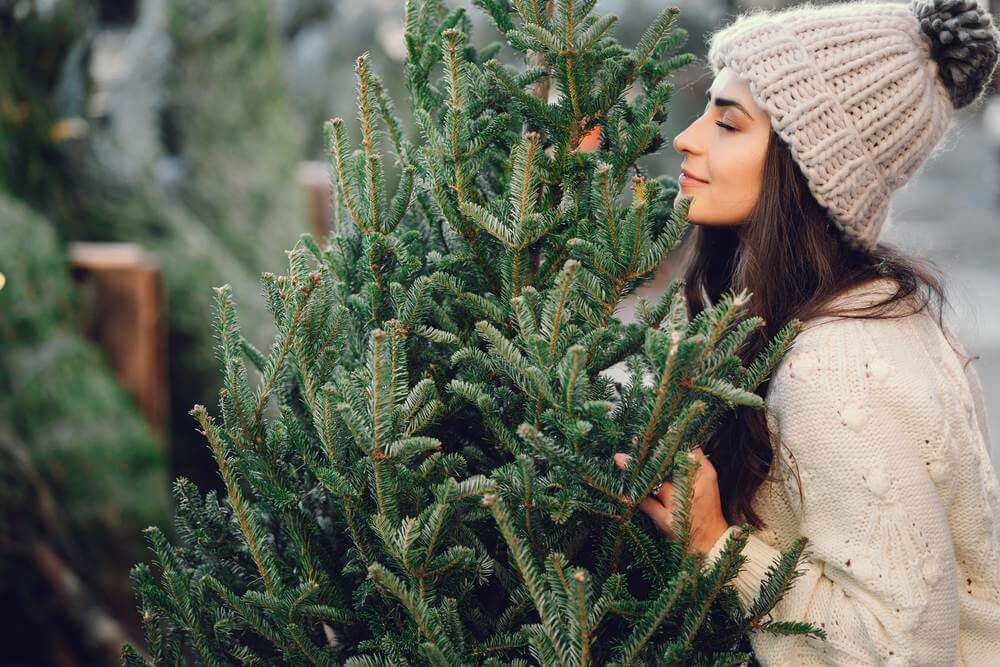
Pros:
- Natural beauty: There's no denying that real trees look great, especially after you decorate them. Their unique shapes and imperfections often add to their appeal, making them a focal point of your holiday decor.
- Festive scent: No fake tree can beat that unmistakable fragrance of pine or fir in your home. That fresh-cut tree smell evokes a sense of warmth and nostalgia, enhancing the holiday ambiance.
- Eco-friendly option: As long as they're responsibly sourced and properly recycled after the holidays, real trees can be more environmentally friendly than their artificial counterparts.
Stuck on your next design move?
Let AI generate stunning layouts in seconds.
Cons:
- Maintenance: Just as with any other plant, real trees require regular watering to stay fresh and vibrant throughout the holiday season. They can also shed needles, meaning you must sweep them up frequently.
- Limited lifespan: Real trees have a short lifespan. Even with regular watering, they eventually dry out, losing their needles and vitality. As they come without roots, your tree will not survive after the holidays and can't be replanted.
- Mobility: You might have difficulty getting the tree in and out of your home, especially if you go with a large one. It might also be challenging to bring one home as they don't fold and might not fit in your car.
Artificial Christmas trees
Artificial Christmas trees have gained popularity over the years and remain a firm favorite in many households. They offer the advantage of being low-maintenance, durable and reusable. You can store them away and use them again for years to come.

Artificial trees also guarantee that your tree won't shed needles all over your home. They come in various styles, colors, and sizes. You can even get one that is pre-lit. However, they lack the authentic look and aroma of real trees, and some people even find the plastic smell off-putting.
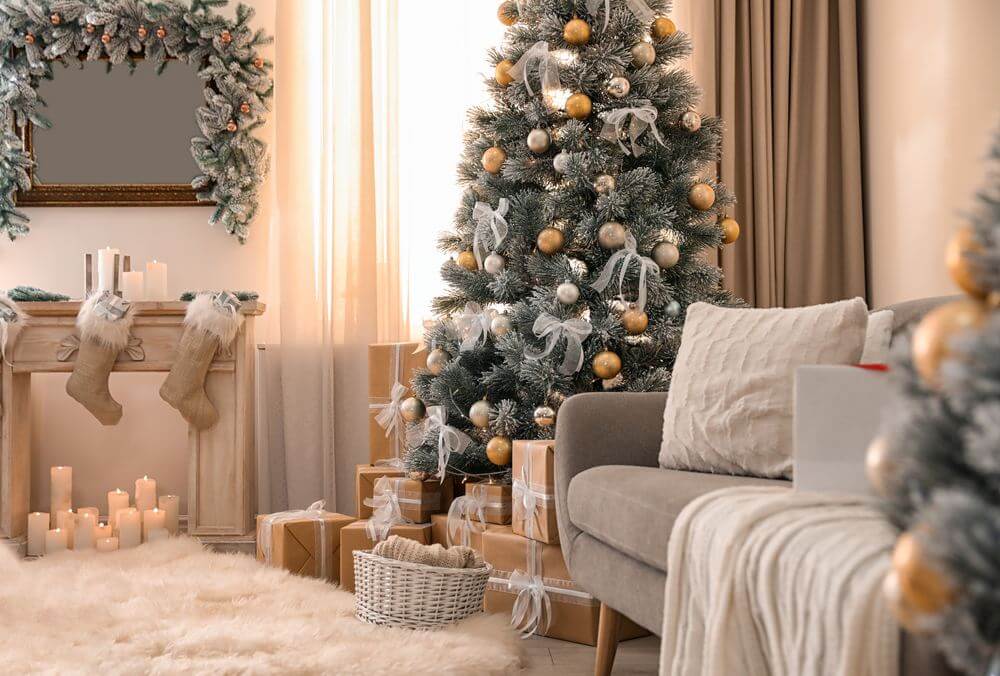
Pros:
- Ease of use: Artificial trees are incredibly convenient. They require no watering and, once set up, maintain their appearance throughout the season without shedding needles.
- Longevity: Investing in a high-quality artificial tree that can last many years is a cost-effective option in the long run.
- Customization: Artificial trees often come pre-lit with various lighting options and are available in different shapes and sizes, allowing customization to suit your preferences.
Turn your ideas into 3D magic — no design experience needed.
AI is here to help.
Cons:
- Artificial appearance: Artificial trees lack the natural charm and fragrance of real trees. Despite advancements in design, they may not perfectly replicate the authenticity of a real tree.
- Storage: Storing an artificial tree, especially larger ones, can be cumbersome. Finding adequate space to keep it during the off-season might be challenging for some.
- Cost: Artificial trees, especially if you want one that is as close in appearance to a real tree as can be, can be very pricey. This can put a strain on your wallet, especially at a time when you have gifts to buy.
Fake vs artificial Christmas tree - how to decide
Now that we've looked at each option's pros and cons, let's explore how to decide which one to choose. Consider whether you value the authentic look and aroma of a real tree more than the convenience and longevity of an artificial tree.
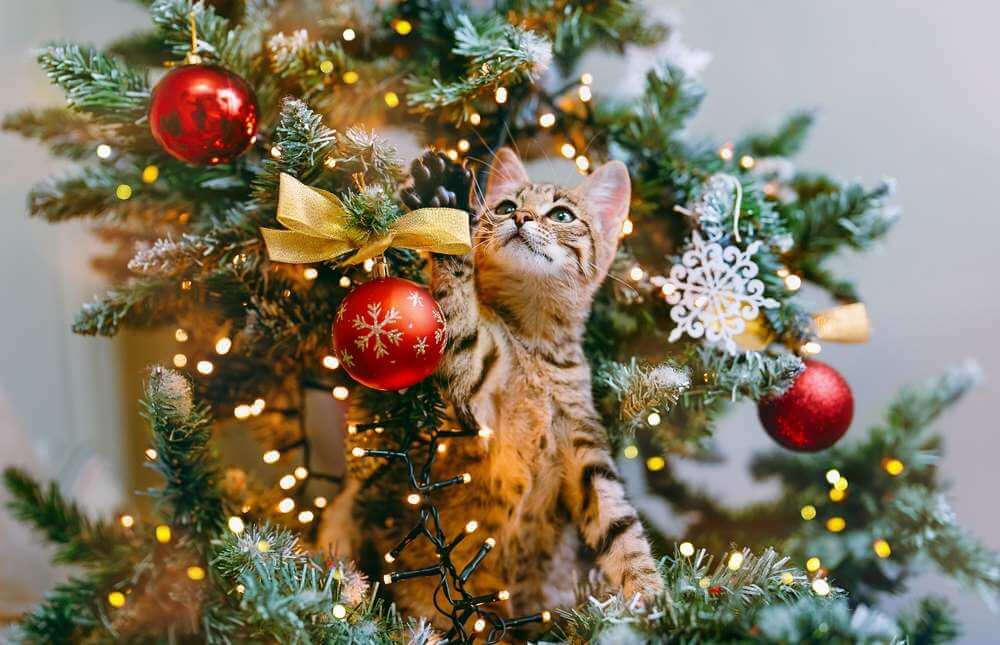
If you have allergies or pets that may nibble on your tree, an artificial one may be a better option. The same might be said if you live in an apartment that prohibits real trees or makes it challenging to get the tree in and out of your unit.
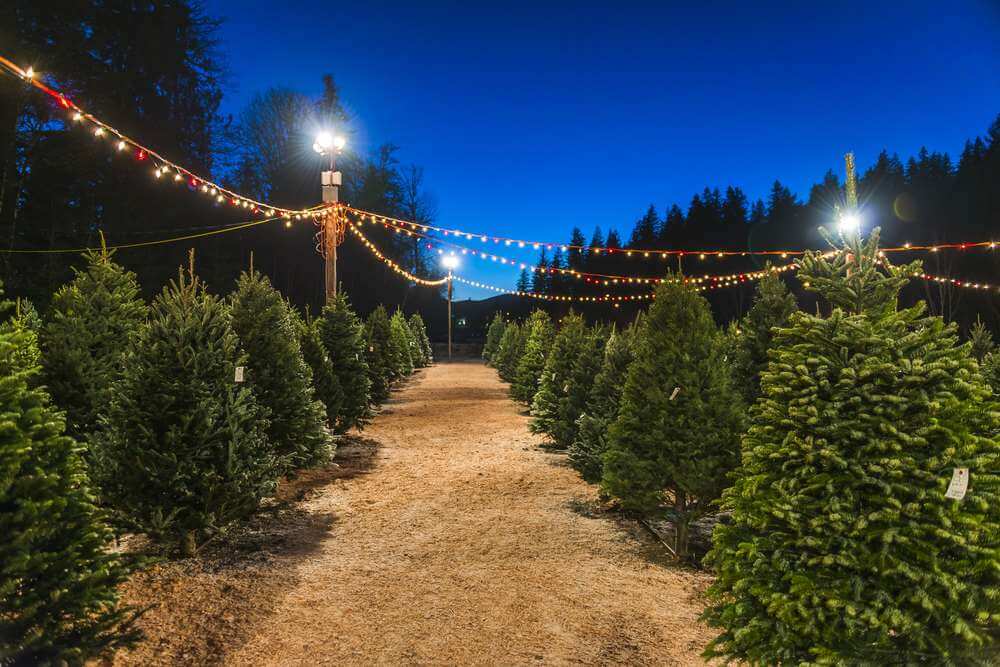
If you're concerned about the environmental impact of your tree, opt for a real, locally sourced one or an artificial one made from eco-friendly materials. As Christmas trees are grown on farms, they don't have the same effect as deforestation, as new trees are planted all the time.
Tips for selecting and decorating your tree
Whether you choose an artificial or a real Christmas tree, measure the space where you plan to put it to ensure it fits correctly. Remember to measure the height, especially if you plan on placing a tree topper or decoration on top of your tree.

Look for healthy, green needles and sturdy branches if you decide to buy a real tree. If you're purchasing an artificial tree, check the material's quality and ensure it's fire-resistant.
Bring holiday magic to your home.
Design it with Planner 5D.
Once you've chosen, gather all the necessary decorations and get creative. Add lights, tinsel, ornaments, and a tree skirt to give your tree a personal and festive touch.
Conclusion
The debate over whether to get a real or artificial Christmas tree comes down to personal preferences and circumstances. Both options have their benefits and drawbacks, and it's important to consider your lifestyle and needs before deciding.
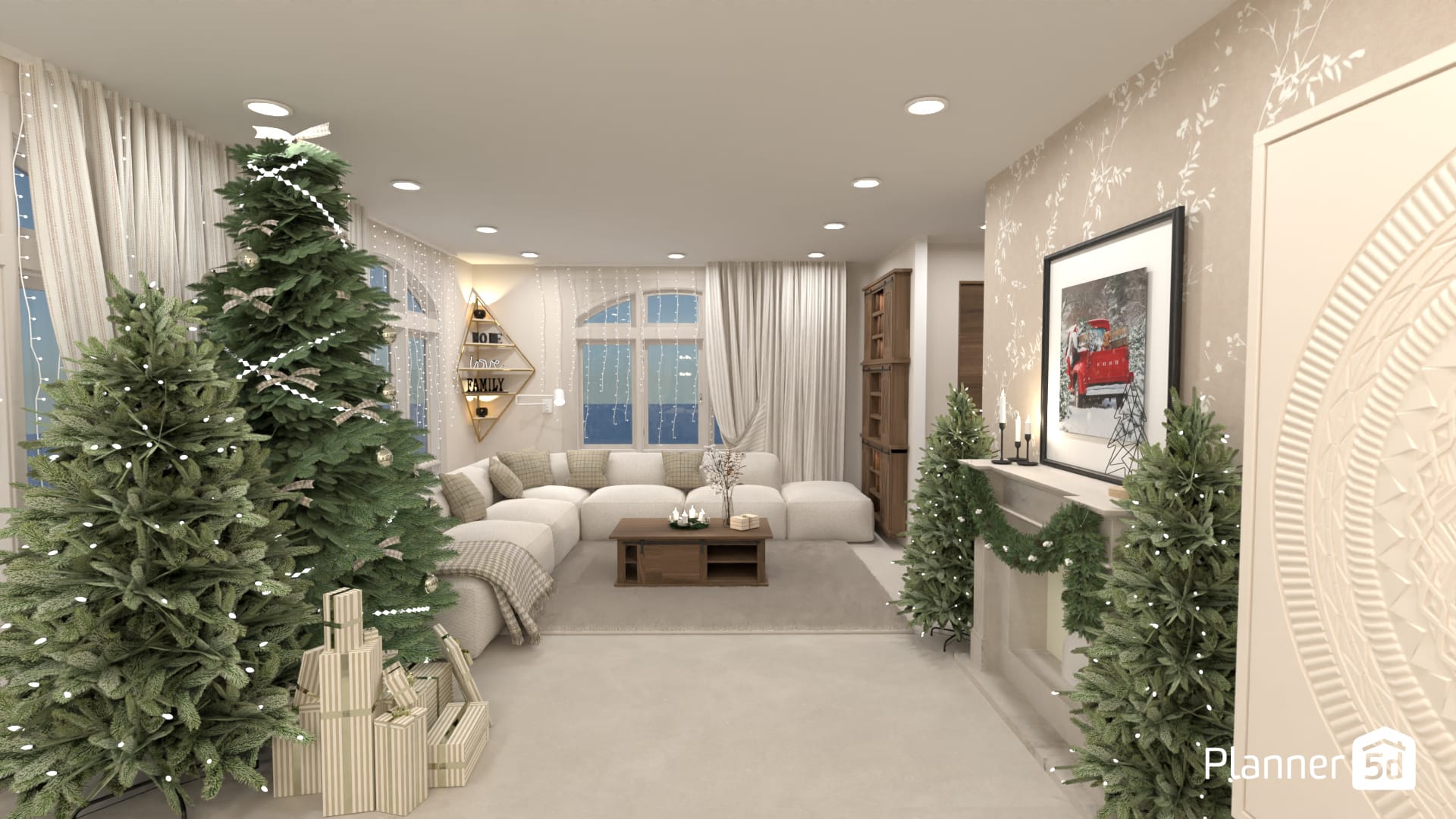
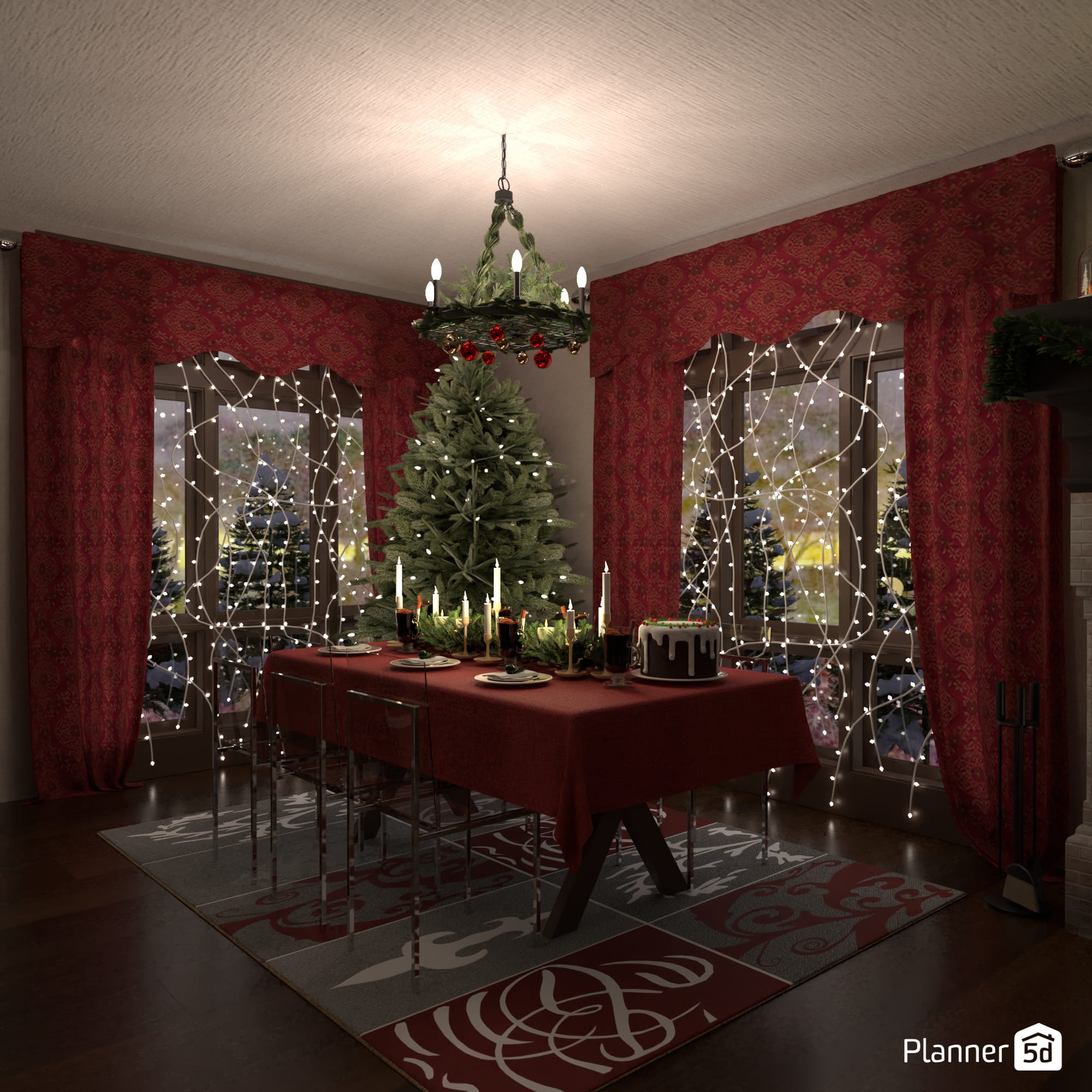
Decorate your home with Planner 5D | Rachel L (left) and Hall Pat (ritght)
We hope this post has provided you with helpful tips to make the best choice for your home. Whatever tree you choose, we wish you a merry and cheerful holiday season!
Planner 5D: The Future of Interior Design
Experience the power of AI-driven design with Planner 5D. Our innovative tools, including the Design Generator, Smart Wizard, and AI floor plan recognition, make bringing your dream home to life easier than ever. Transform your vision into reality and unlock a world of design possibilities today.
Start designing your dream home